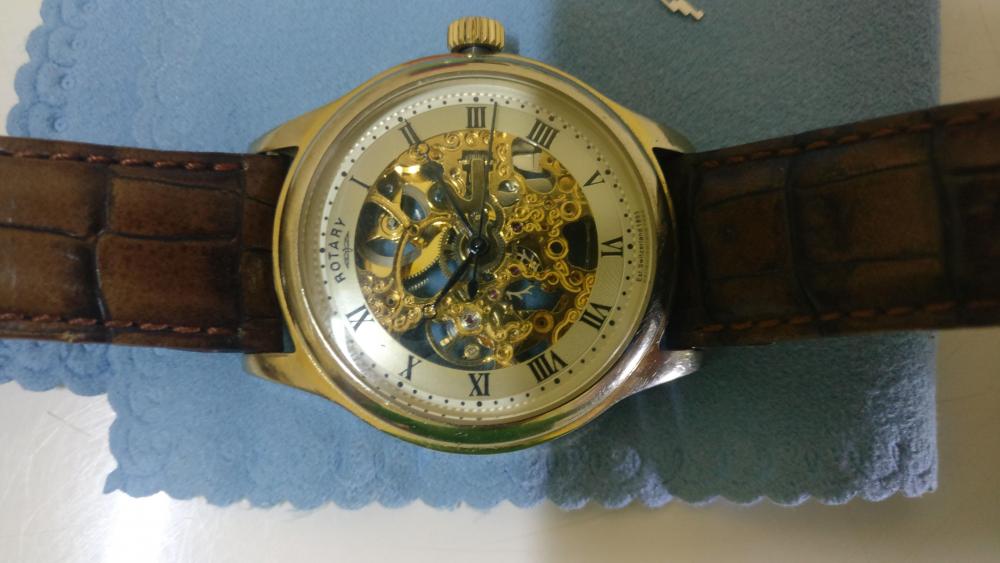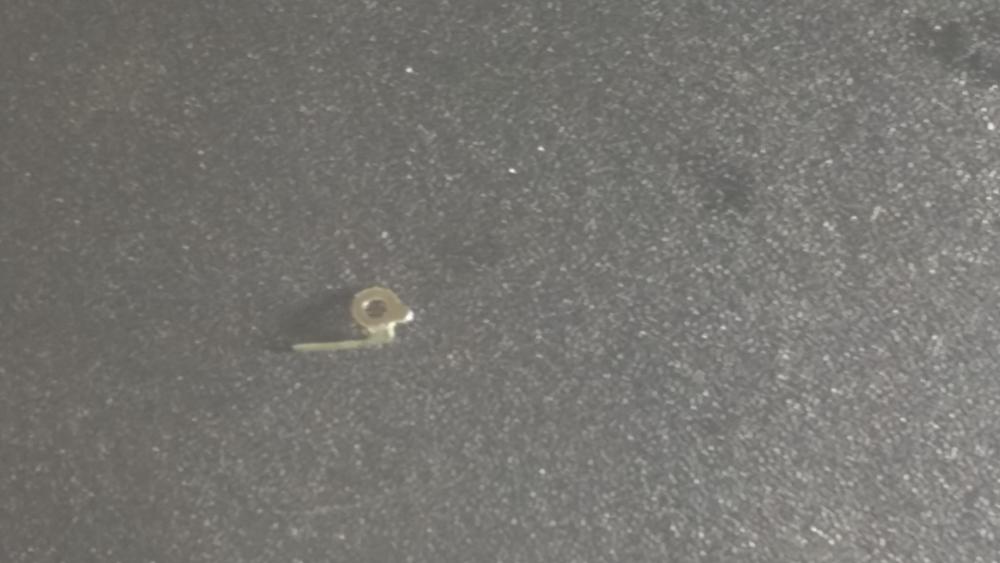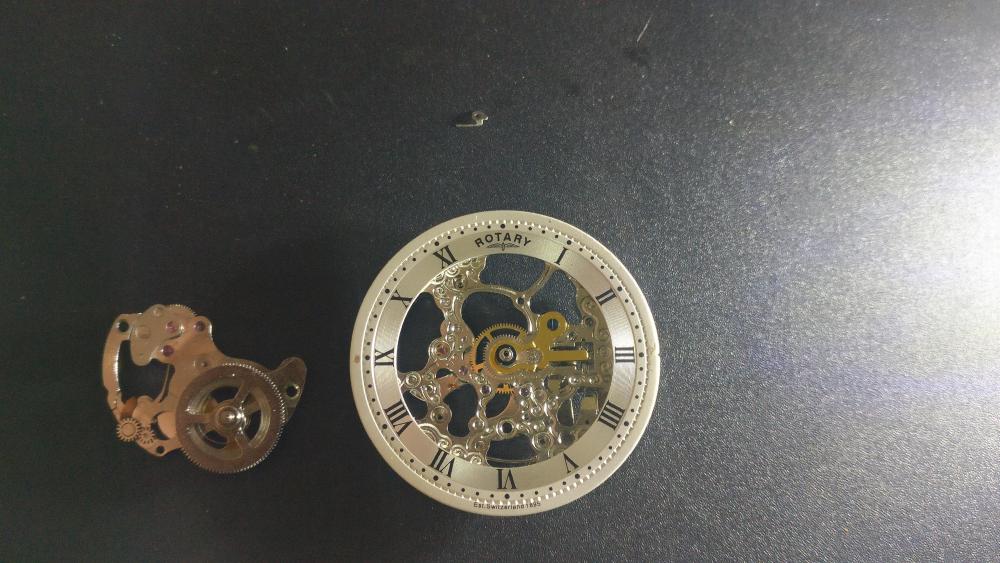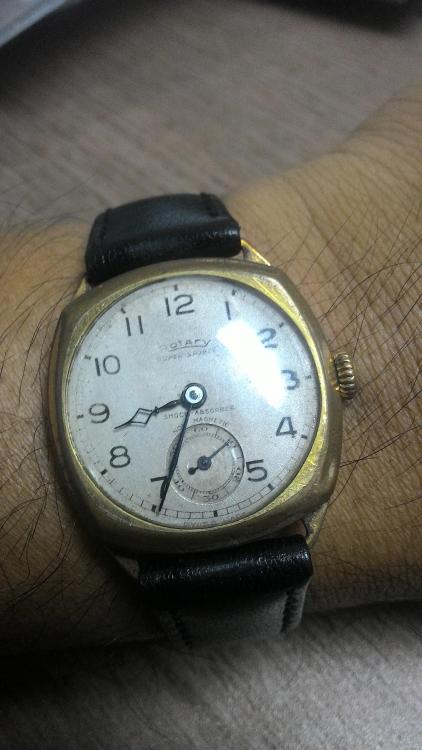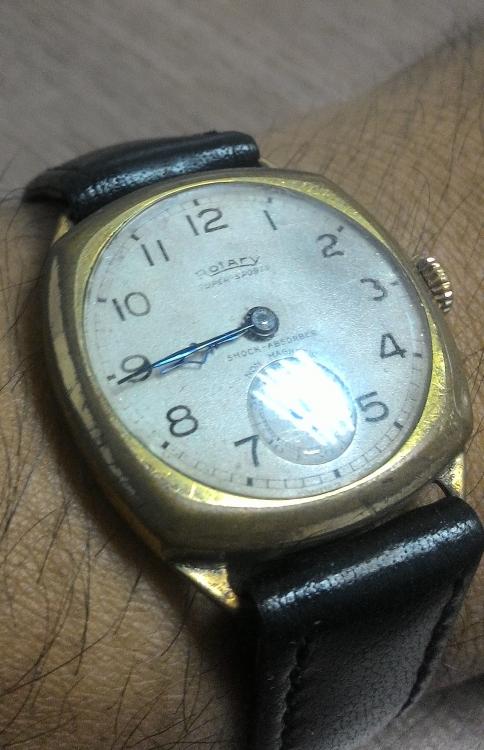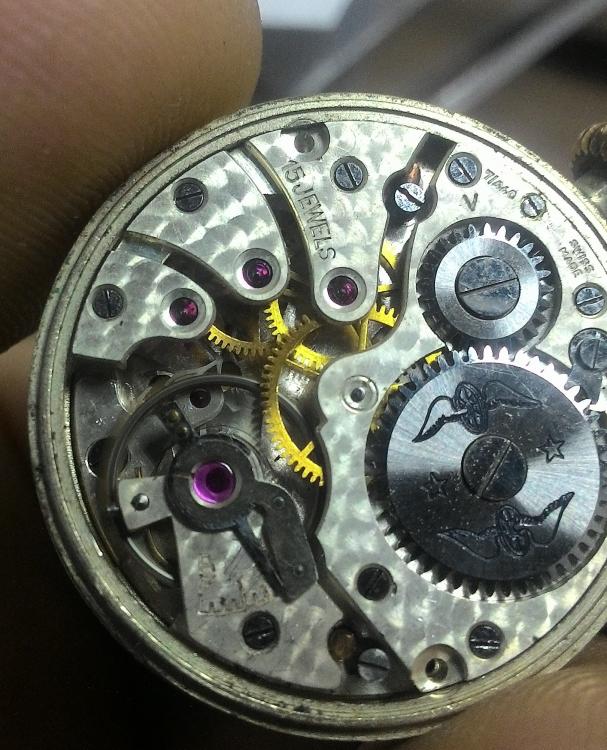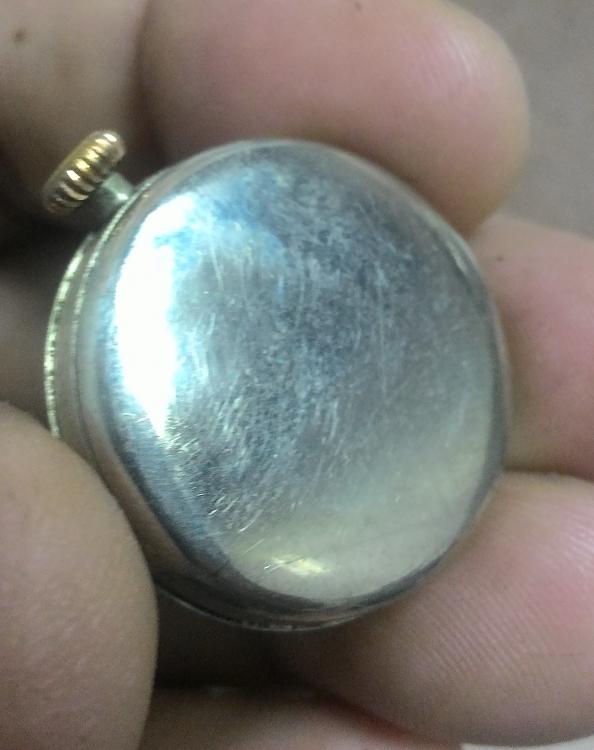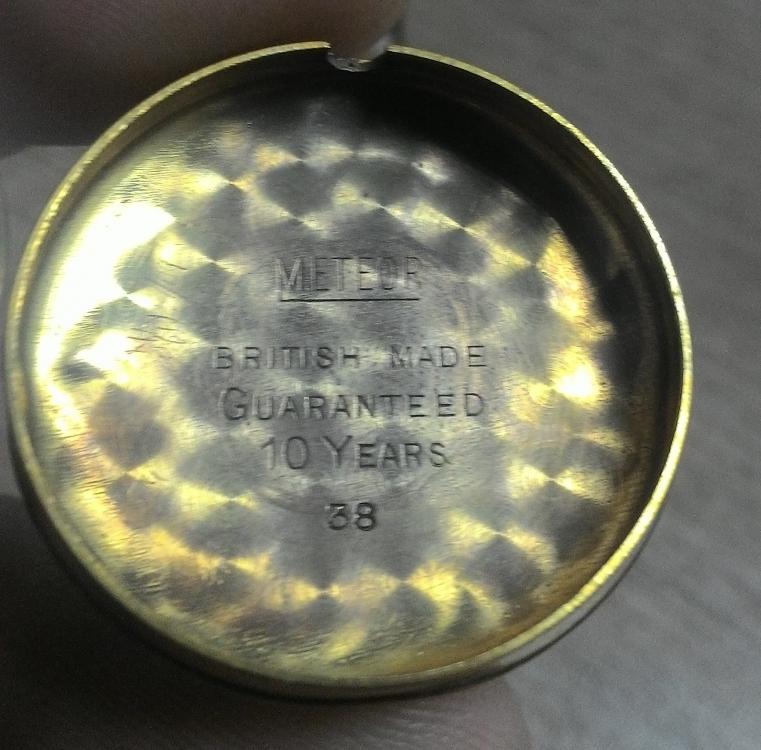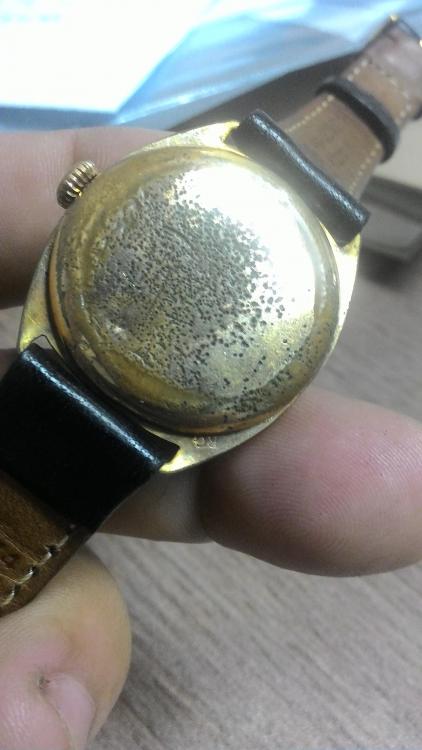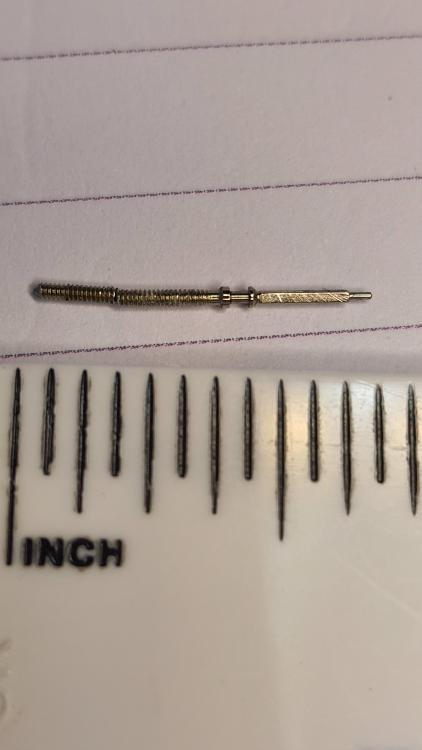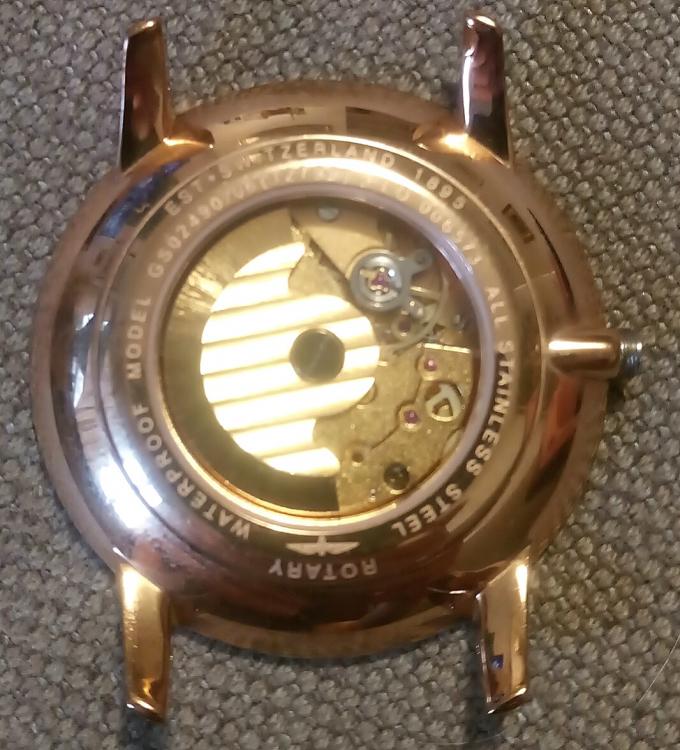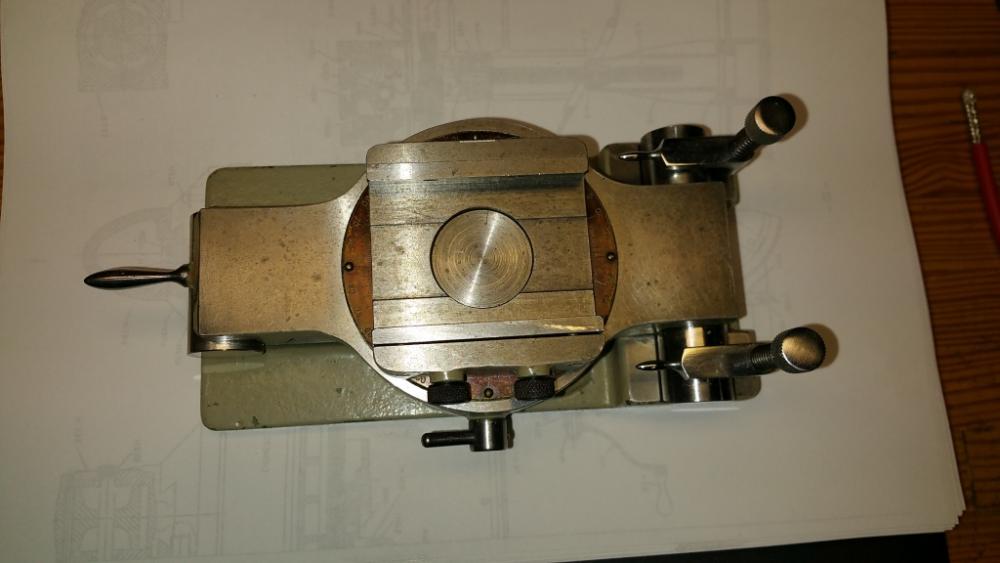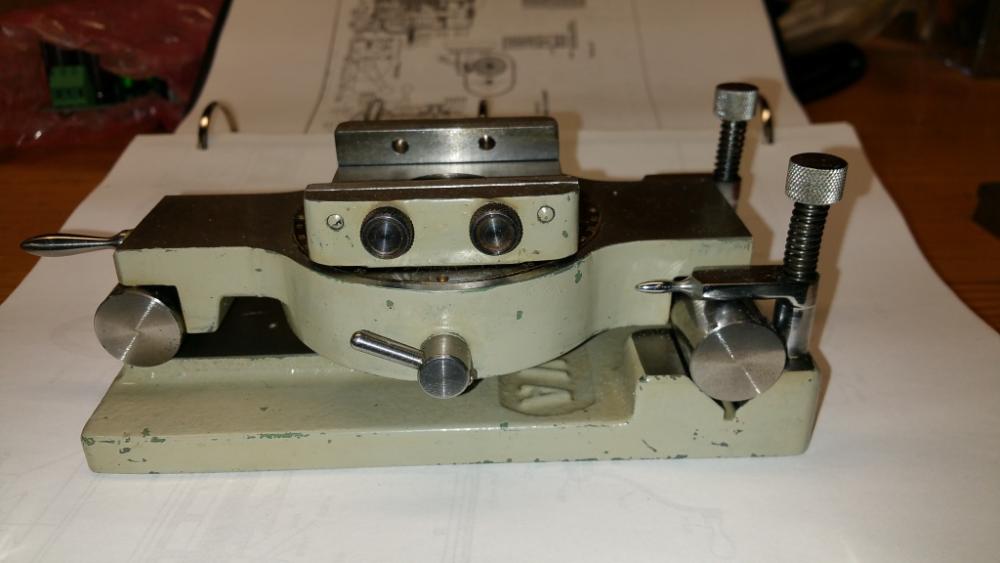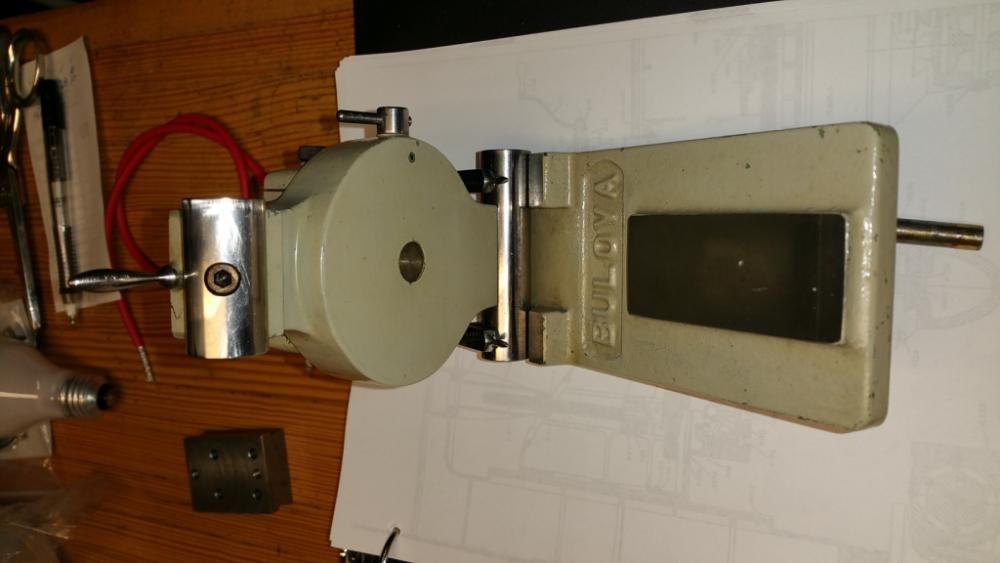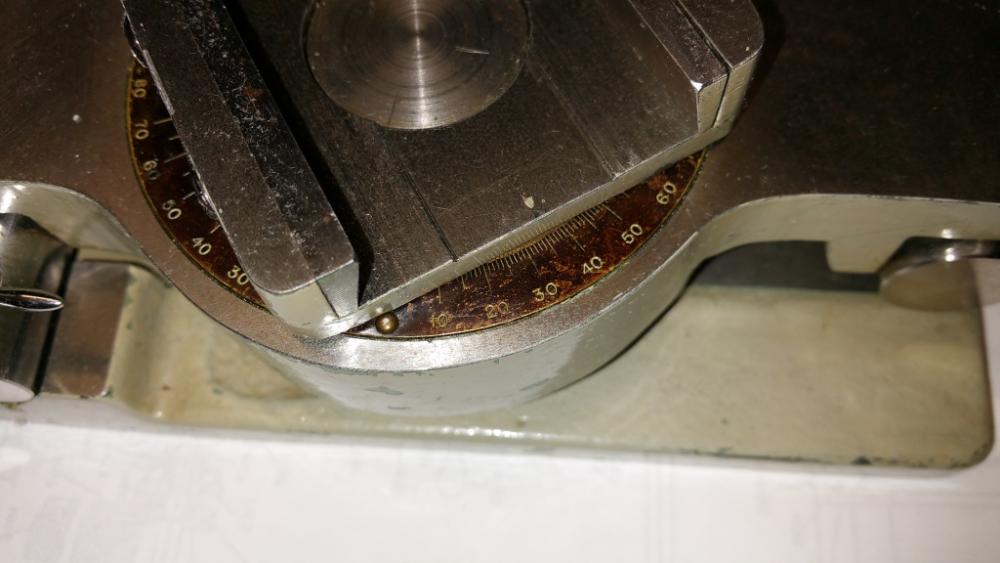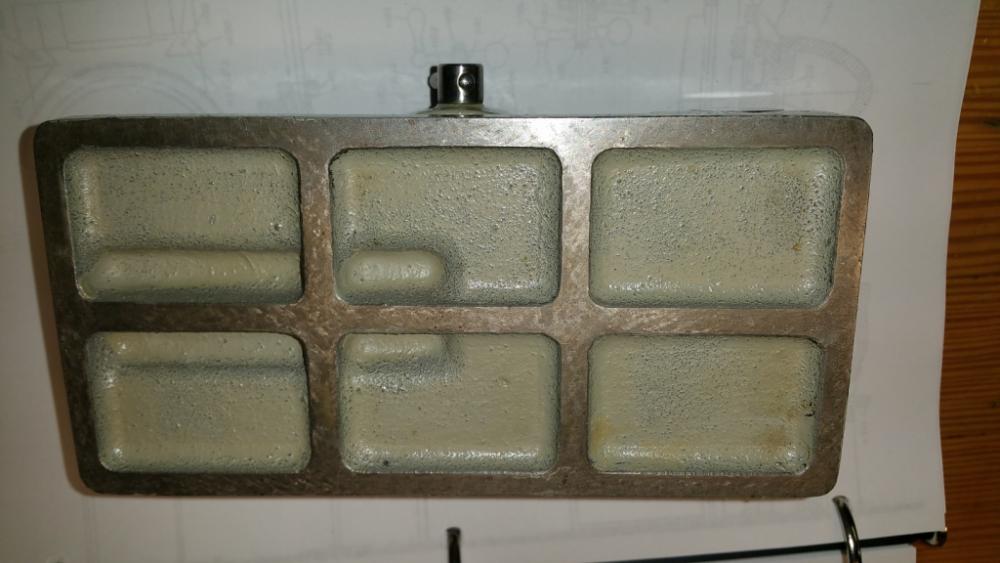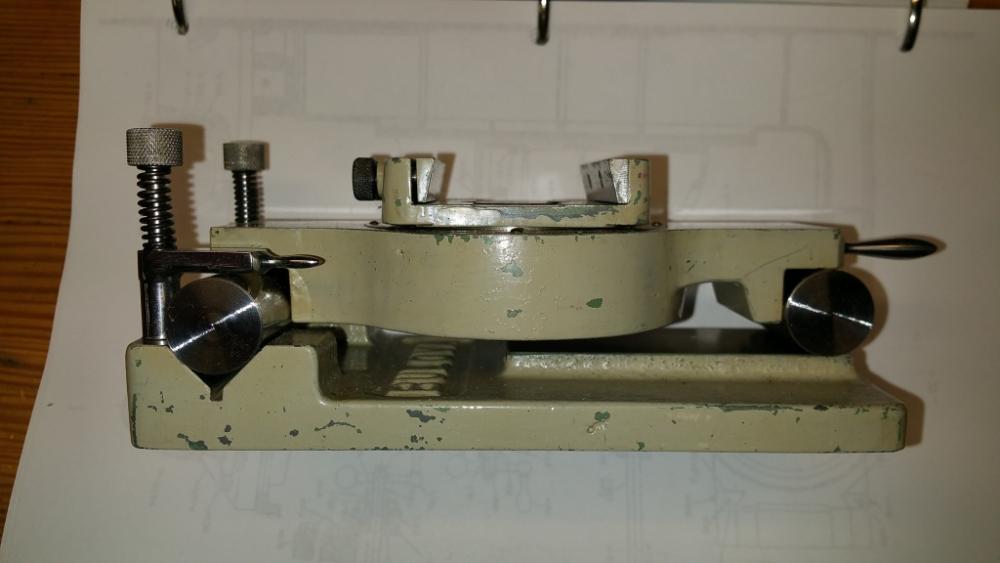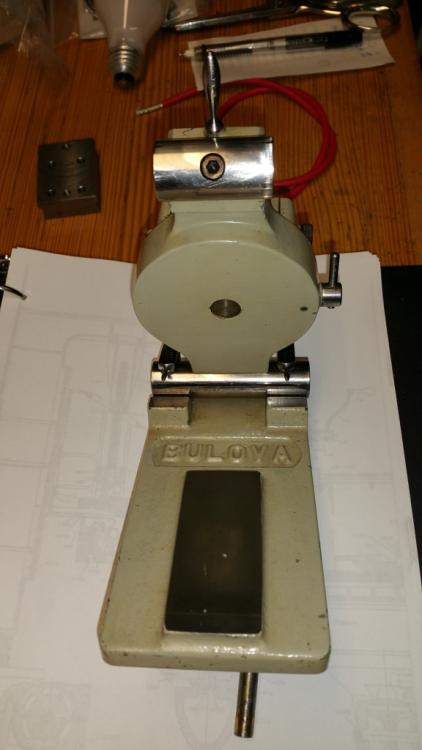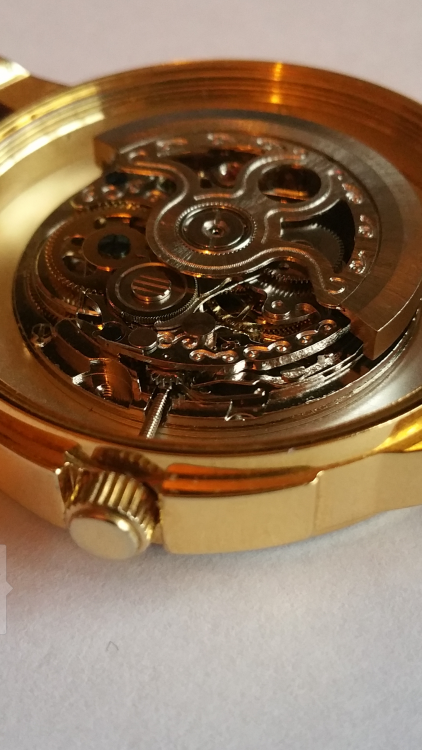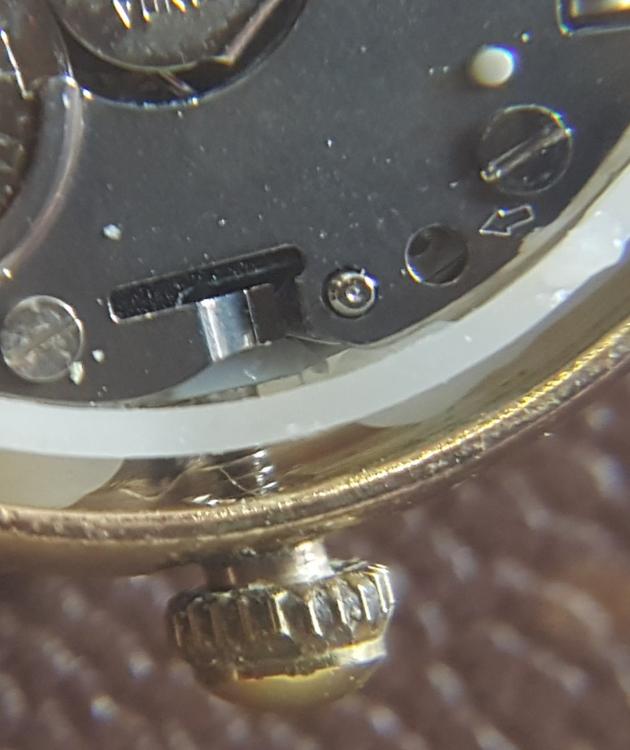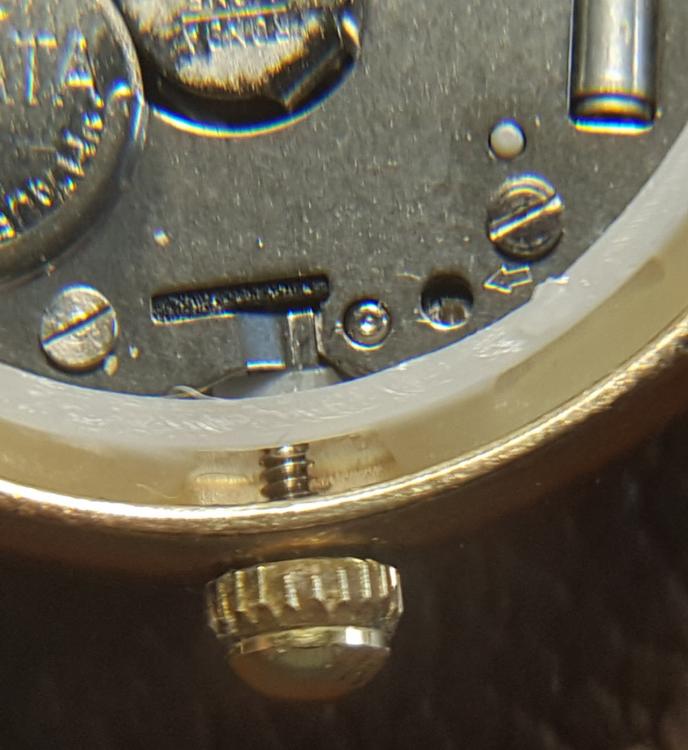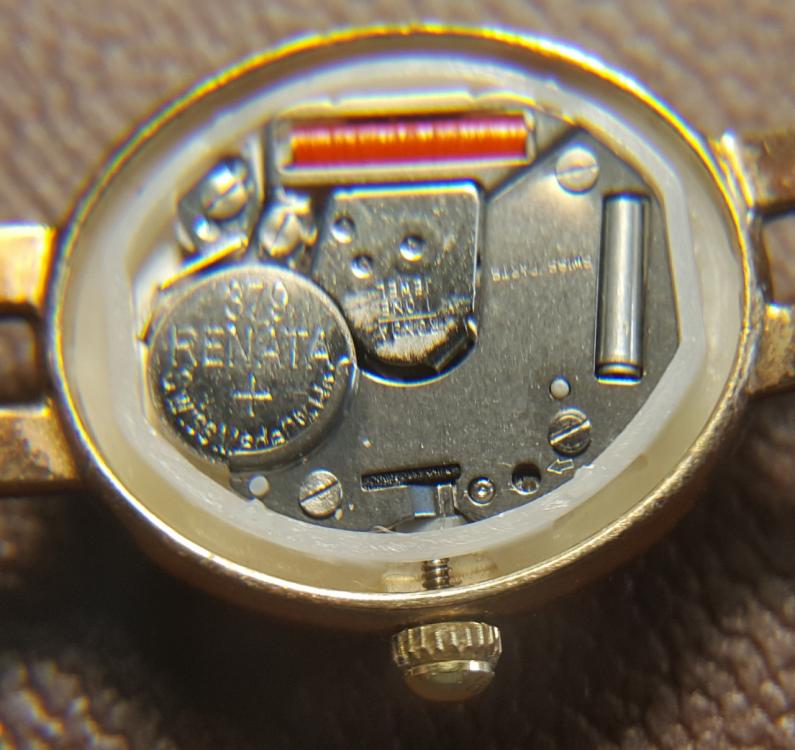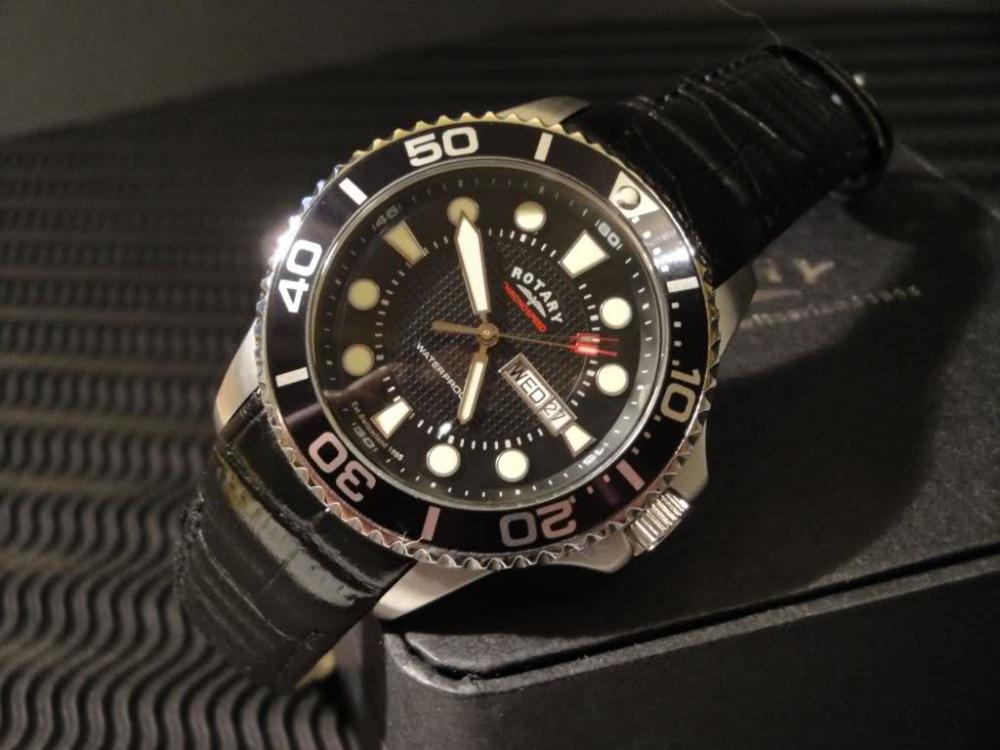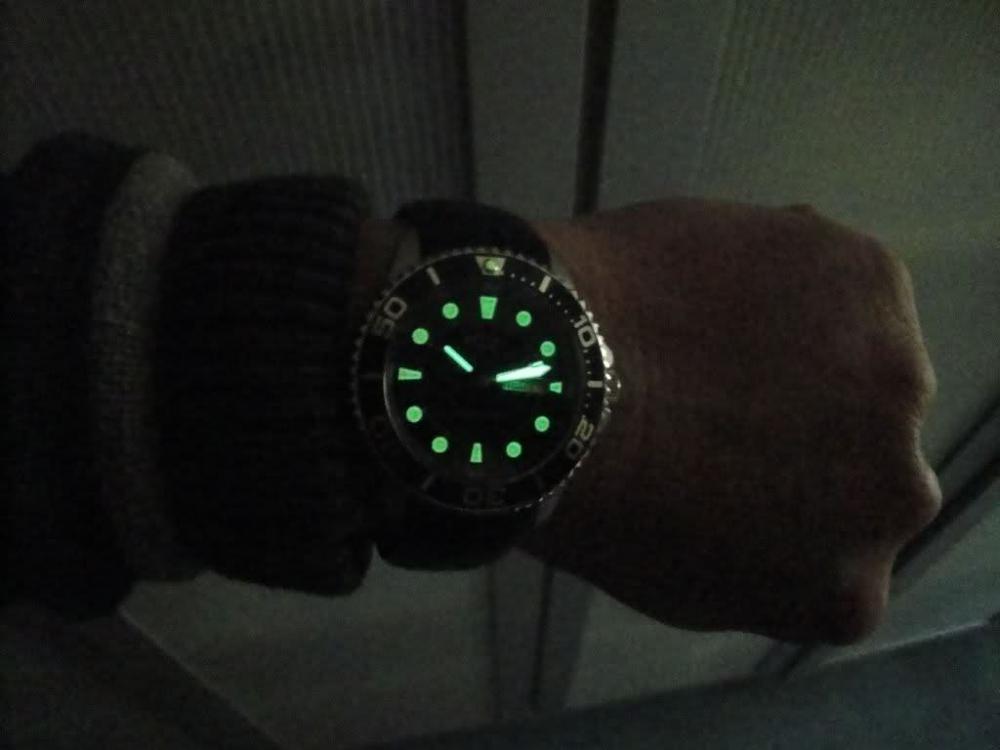Search the Community
Showing results for tags 'rotary'.
-
Hi Guys, Hope this finds all well, i have started disassembling a rotary watch with a skeleton movement and a tiny part fell out of the movement which i was not in time to take a picture. If anyone has ever worked on similar movement and know where it belongs i will appreciate your help. Pictures attached. Thank you in advance. Vladimir.
-
Hi guys, Wearing an old Rotary today. This is an older watch, probably from the 40s. The case is Gold-plated and has seen some wear. Under the "Rotary' it says 'Super sports' . Above the sub-seconds dial it says 'shock-absorber' and 'anti-magnetic'. It has fixed lugs which makes swapping strap difficult, the one it has on is meant for fixed lugs and has a sturdy fold-over (probably metal inside) which clips on the lug. It has nice simple hands which have been blued well, the center of the minute hand has been left silver given a niece contrast. The case back is a faithful rendition of the dark side of the moon. Nice hands The dark side of the moon... not much can be done here without spending too much money. The inside of the dark side of the moon.. I believe the '38' means 1938? At any rate, its more than 10 years old ;so good job Meteor! When you pop off the bac, the movement stays in the caseback. You have to use a bit of force, working around the edges, before it comes away and you are left with this.. an inner caseback. This is comes off easily. Revealing the movement. I think it's an FHF of some sort. Note the early form of shock protection on the balance cock .. the cap jewel is retained by a spring plate and will 'give' is subjected to a hard knock. The problem with these early shock absorbers is that they were only mildly effective and that only if it hit the ground level. It had not much lateral movement built-in so if it landed edge-on the pivot would still break. Still better than no shock-absorber I suppose, If I am not mistaken Breguet pioneer this and later on it is common to find a similar system on Cyma watches. The ratchet-wheel has the normal Rotary 'Flying-wheel' which reminds me of a vintage car..Austin I think? You can see the early type dial holding screws at 6 o'clock and slightly after 12. The movement is marked 7/440 and just belove that there's a 'V" or maybe the 'pheon'? The watch runs well and keeps time. I haven't done anything to it but the regulator is cranked over to slow so there may be other issues, need to get some case screws too. Not so evident from the pictures is that the plates have been plated with a 'whiter' finish which looks like silver. You see similar on Movado movements. Finally in the era before center seconds, 15 jewels was as good as it got so this would have been made for the higher end of the market. v Well its almost the weekend so have a good one! Anilv
-
I have managed to snap my winding stem whilst cleaning, I cannot seem to identify the correct stem, could anyone please help?
-
Hello people, I have aquired a 1970 Rotary ladies watch 17 jewel : can run all day or just 20 mins without stopping. Setting the hands restarts. My skill is limited to working on an fhf70 so due to the tiny movement want to approach the likely causes first without wheels out. I am thinking towards the motion side putting resistence on the train ? Thoughts please to point me in the right direction. Regards all.
-
Hi, I am trying to remove a mechanism from a Rotary Kensington GS02490/06, it's a front loader, any suggestion? The front,hands and stem are removed.
-
Hi all, I have a Bulova sine plate with integral rotary table. It doesn't have any locking features for the plate so I don't think it was used for machining. The rotary can be locked and it does accept a dovetail block that can be clamped in place. Has anyone seen another, know what they were used for or when it might have been made? Thanks, henryr
-
Hi all, First time ever trying to fix a watch. It's a Rotary Editions 500series. Opened it up and the part in the pic was swimming about loose only issue is I have no idea where it goes. Any help would be greatly appreciated. Thanks Paul G
-
Hi. I have recently bought a 'non working' rotary automatic skeleton watch. I love the watch to bits however... The watch will only work when fully wound and as it unwinds (with little wearing) it stops. it appears as though the minute hand is ever so slightly fouling on the hour hand. when full wound there appears to be enough power to override this. I'm hoping I can just tweak the hand very slightly to clear it. it visually appears slightly bent up. Ive had the watch open fairly easily however I cant for the life of me find how to remove the stem/crown. ive searched high and low online and am now fairly familiar with the process on many watches except this one. Any pointers would be much appreciated and well done on great forum. Thanks
-
In order to clean the strap of my wife's Rotary watch I need to remove the winder. I've located what I think is the area that I need to work on (see attached pics). There is an arrow pointing to a lever that moves when the winder mechanism is pulled out. There is also a post with a dimple (there's probably a better technical term!) between this and the winder. Should I be able to remove the winder by 1) moving the lever (and from which position) ... or 2) pressing on the post with the dimple? Any help gratefully received before I damage a watch of sentimental value. Many thanks Tim
-
Posting about my Sicura D500 Jump watch has got me looking at this watch, which was my 18th Birthday present in 1980. It runs, it winds up. However, it doesn't "stop" winding, and it runs down pretty quickly. I decided to email Rotary, who identified the model, but apologised that they were no longer able to repair it. So the question is, does anyone know of a reputable UK watch repairer who'd be able to a) assess the watch and its problems, and quote on a repair? Many thanks
-
Usually on most watches (anyway those that I have) have a shorter and wider hour hand and a thinner and longer minute hand. Well, that's what I thought until I latched on to a Rotary Chronospeed. Can anyone explain the rationale for this watch to have a larger minute hand ? I can only speculate since I have done some scuba diving. Could it be that a diver doesn't care as much about the hour hand as much as the minute hand in a dark environment (we don't all swim in a wonderful clear and pristine ocean, our rivers and lakes in Canada can get quite murky with the river and lake silt). A standard aluminum 80-cubic-foot tank on a 40-foot dive should allow for about 45 to 60 minutes. Could it be that its easier to set the bezel with a larger minute hand ? Do any other dive watches, or for that matter any other watch have this feature ? And as you can see, this Rotary model has a really good lume for murky waters.
- 10 replies
-
- large minute hand
- chronospeed
-
(and 2 more)
Tagged with:

